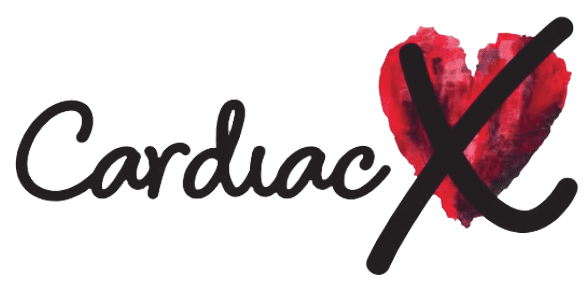When it comes to diagnosing and evaluating heart conditions, cardiac imaging procedures play a crucial role. These procedures provide detailed images of the heart, allowing healthcare professionals to identify any abnormalities or diseases. But with several different cardiac imaging techniques available, which one is the best? Let's explore the most common cardiac imaging procedures and their benefits.
1. Echocardiography
Echocardiography, also known as an echo, is a non-invasive imaging technique that uses sound waves to create images of the heart. It provides real-time information about the heart's structure, function, and blood flow. Echocardiography is widely used due to its safety, cost-effectiveness, and ability to provide valuable diagnostic information.
2. Cardiac Magnetic Resonance Imaging (MRI)
Cardiac MRI uses a powerful magnetic field and radio waves to generate detailed images of the heart. It provides information about the heart's structure, function, blood flow, and tissue characteristics. Cardiac MRI is particularly useful for assessing heart muscle damage, detecting tumors, and evaluating congenital heart diseases.
3. Computed Tomography (CT) Angiography
CT angiography involves the injection of a contrast dye into the bloodstream, followed by a series of X-ray images. It provides detailed images of the heart's blood vessels, allowing healthcare professionals to assess the presence of blockages or narrowing. CT angiography is valuable for diagnosing coronary artery disease and planning interventions such as stenting or bypass surgery.
4. Nuclear Cardiology
Nuclear cardiology uses small amounts of radioactive materials to evaluate heart function and blood flow. It involves two main procedures: single-photon emission computed tomography (SPECT) and positron emission tomography (PET). Nuclear cardiology is particularly useful for assessing myocardial perfusion, detecting areas of reduced blood flow, and evaluating the viability of heart tissue.
5. Cardiac Catheterization
Cardiac catheterization, also known as coronary angiography, involves the insertion of a thin tube (catheter) into a blood vessel, usually in the groin or arm. Contrast dye is injected through the catheter, and X-ray images are taken to visualize the coronary arteries. Cardiac catheterization is considered the gold standard for diagnosing coronary artery disease and determining the need for interventions.
While each cardiac imaging procedure has its advantages, there is no one-size-fits-all answer to which is the best. The choice of procedure depends on various factors, including the patient's condition, symptoms, and the information needed for an accurate diagnosis. Healthcare professionals will consider these factors and select the most appropriate cardiac imaging procedure for each individual case.
It's important to remember that cardiac imaging procedures should always be performed by trained professionals in specialized medical facilities. These experts have the knowledge and expertise to interpret the images accurately and provide the best possible care for patients.
In conclusion, the best cardiac imaging procedure depends on the specific needs of the patient. Echocardiography, cardiac MRI, CT angiography, nuclear cardiology, and cardiac catheterization all have their unique benefits and applications. The choice of procedure should be made by healthcare professionals based on a thorough evaluation of the patient's condition. By utilizing these advanced imaging techniques, healthcare providers can make accurate diagnoses and provide appropriate treatment for heart conditions.

